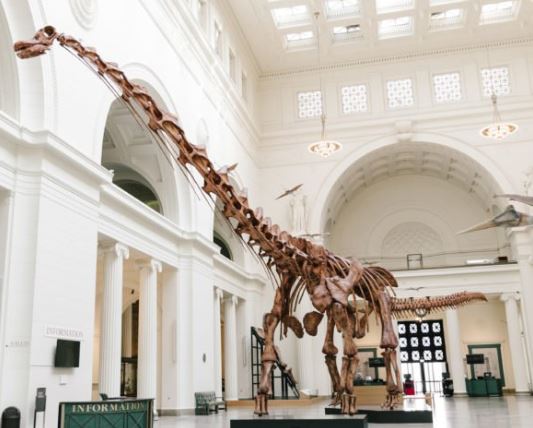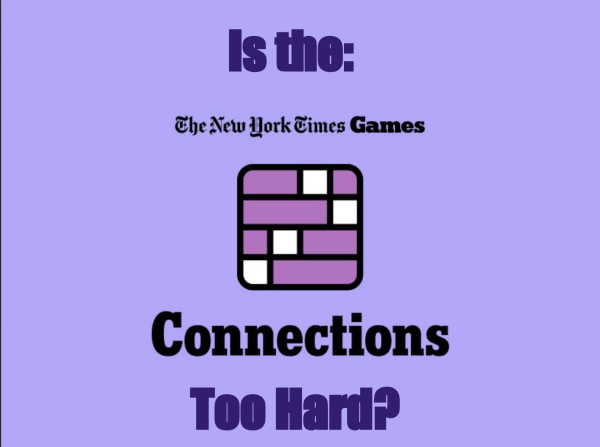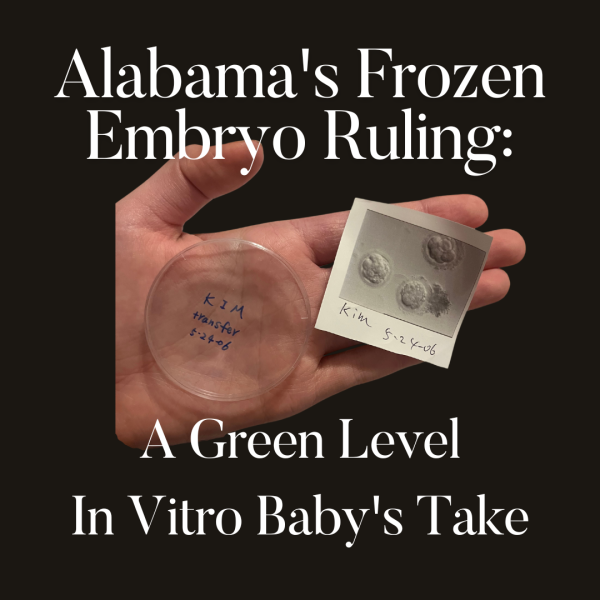The Dangers of De-Extinction
In the past few decades, advances in genetic engineering have raised significant questions and ideas. One possibility that arose was bringing back extinct animals to life; a possibility that is now being debated for the change and danger it would cause in our world.
When Green Level High School student Lucia Wang first heard about de-extinction, her immediate response was, “Wow, that’s weird, but what’s wrong with it?” It’s not only Lucia; almost all the people I interviewed at Green Level said that they didn’t know what de-extinction was, and if they did, they didn’t understand what the problem was.
The truth is that this process of de-extinction would not actually bring back an entire extinct species. Instead, de-extinction would combine the host’s and extinct species’ DNA to make a new hybrid species. This would mean creating a new species of animals, not bringing back an old one. An example of what would happen is shown in the project by Revive & Restore to bring back the woolly mammoth. The final product of the project would result in only around 2% of the woolly mammoth DNA in the host of an Asian Elephant. The misnaming of this process may result in a further misunderstanding of what would actually happen, and we wouldn’t actually be able to bring extinct species back.
One of the greatest problems is that bringing back animals would raise an ethical problem; should we be changing the process of evolution and natural cycle of life? As stated in the article “We Shouldn’t Bring Back Extinct Animals like the Woolly Mammoth” by Dr. Lynn J. Rothschild, it is known that animals go extinct because they could not survive changing environments. Rothschild brings up a phenomenal point: if they could not survive then, how would they survive now? The process of de-extinction could potentially cause malnourishment, along with physical and mental danger.
Even if these hybrids could survive, an artificial species could set a negative chain reaction in the ecosystem, causing other species to die out, or, in other words, go extinct. Humans would be manipulating what is natural, and could eventually lose control. This has happened before as mentioned in “Should We Bring Extinct Species Back from the Dead?” by David Shultz, when cross breeding animals and crops. Species like the poisonous cane toads were introduced to Australia to control bugs, but have now gotten out of hand and begun to deplete other native populations. If never seen before species were to be introduced, there would always be unknown dangers.
A mindset of bringing back extinct animals could even lead to a lack of fear of extinction. This would be very dangerous in a world facing the risk of one million extinct species. How could we even think of bringing back extinct species, when we can’t even keep the ones who are already alive?

Aida is a senior who enjoys Miyazaki movies, spending time with loved ones, art, cooking, eating (all food but especially her mom’s Chinese food), and...












